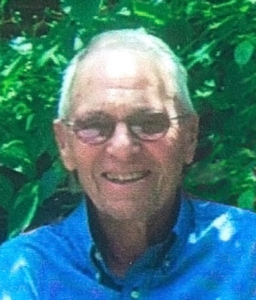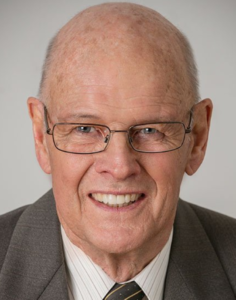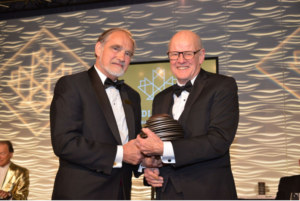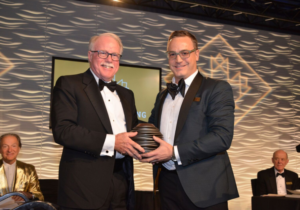https://www.theglobeandmail.com/
Toronto’s Barrick Gold always wanted to team up with Newmont Mining of Colorado. Merging the two giants, which have adjoining operations in gold-rich Nevada, would have created an unassailable industry leader and reduced costs by an estimated US$1-billion a year. On paper, it looked like a dream deal. But it never got off the ground, in good part because Barrick founder Peter Munk wanted the new company to stay in Toronto, not move to Denver.
Were he alive today, Mr. Munk – a Canadian patriot who believed in the value of head offices – would be distraught. In the autumn, Barrick bought Randgold Resources but handed management control to Randgold’s executives, who promptly gutted Barrick’s Toronto headquarters, leaving the world’s top producer with a mere 65 employees in its echo-chamber offices on Bay Street. The deal was, in effect, a reverse takeover. The new Barrick will be run from the Channel Islands.
On Monday, it was Newmont’s turn to accelerate what appears to be the second wave of the great hollowing-out story, a decade after Inco, Falconbridge, Alcan, Dofasco, Stelco and dozens of other industrial powerhouses were eradicated from the Canadian map.





























